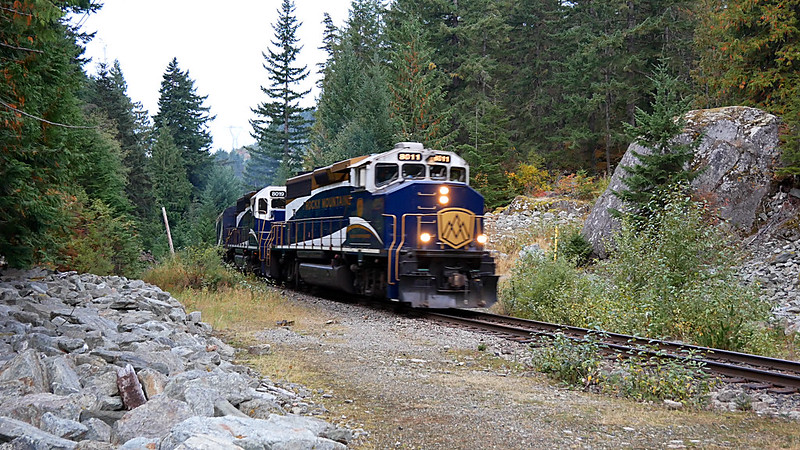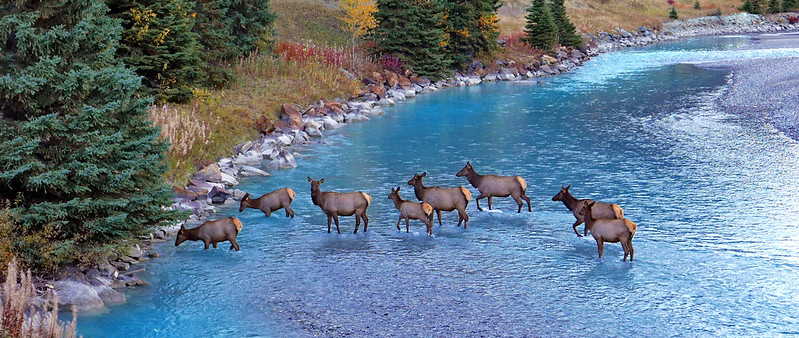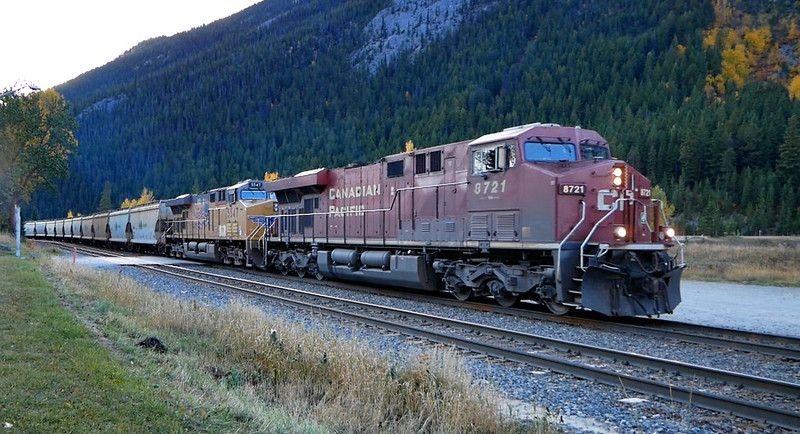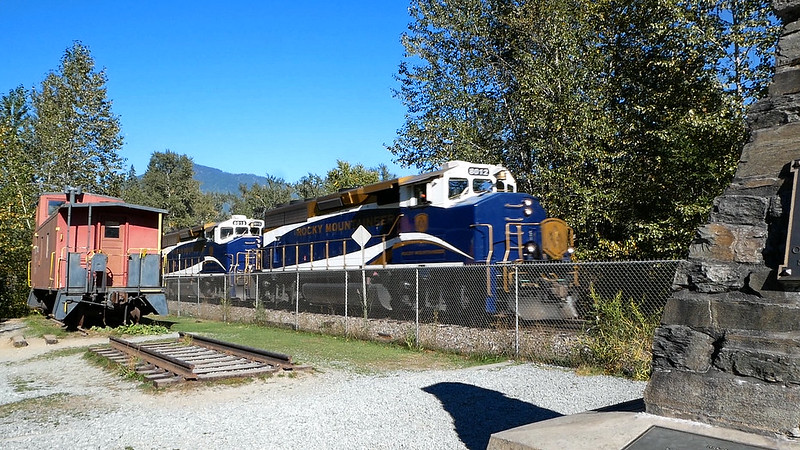ac6000cw
Established Member
Just a bit of end-of-the year fun - I shot the video below a few months ago from a hotel room, facing south towards downtown. This small city has the historic trans-continental mainlines of two major railway companies running through it, one on each side of the river, and also has passenger trains on both mainlines.
So where was I?
(For the diesel nuts, just turn up the volume and feel the bass from those big GEs as they rumble out of town )
)
(For those who can't wait, all is revealed in post #4 - https://www.railforums.co.uk/threads/where-was-i-its-western-canada.158736/#post-3282374 )
So where was I?
(For the diesel nuts, just turn up the volume and feel the bass from those big GEs as they rumble out of town
(For those who can't wait, all is revealed in post #4 - https://www.railforums.co.uk/threads/where-was-i-its-western-canada.158736/#post-3282374 )
Last edited:


 Rocky_Mountaineer_west_of_Rogers_Pass
Rocky_Mountaineer_west_of_Rogers_Pass CN #2935 at Whistler
CN #2935 at Whistler Whistler - Rocky Mountaineer
Whistler - Rocky Mountaineer Whistler_crossing_1
Whistler_crossing_1 Pemberton_station_1
Pemberton_station_1 Lillooet CN yard and station
Lillooet CN yard and station Lillooet - Kaoham Shuttle close-up
Lillooet - Kaoham Shuttle close-up Seton Lake (near Lillooet)
Seton Lake (near Lillooet) Lillooet northbound arrival
Lillooet northbound arrival Lillooet CN ES44AC #2805
Lillooet CN ES44AC #2805 Lillooet CN SD60 #5456
Lillooet CN SD60 #5456 An intermodal train at Field, BC
An intermodal train at Field, BC Work train at Field - 1
Work train at Field - 1 SD40-2 and AC4400CW at Field
SD40-2 and AC4400CW at Field Elk at Field, BC
Elk at Field, BC Looking east from Field, BC - 1
Looking east from Field, BC - 1 Field_east_departure_5a
Field_east_departure_5a Field_east_departure_2
Field_east_departure_2 The Last Spike Memorial at Craigellachie, BC
The Last Spike Memorial at Craigellachie, BC Craigellachie - Last Spike
Craigellachie - Last Spike Rocky Mountaineer at Craigellachie, BC
Rocky Mountaineer at Craigellachie, BC Climbing west out of Revelstoke - 1
Climbing west out of Revelstoke - 1 Climbing west out of Revelstoke - 2
Climbing west out of Revelstoke - 2 The pier at Salmon Arm, BC
The pier at Salmon Arm, BC